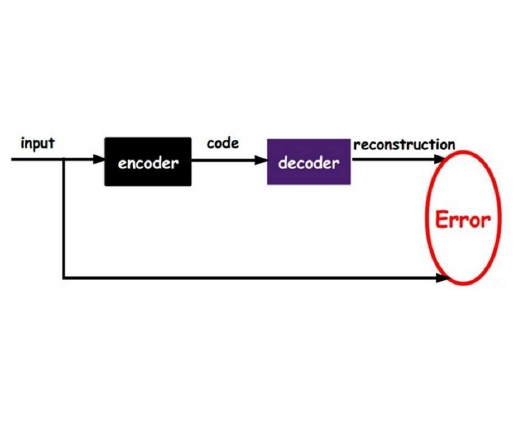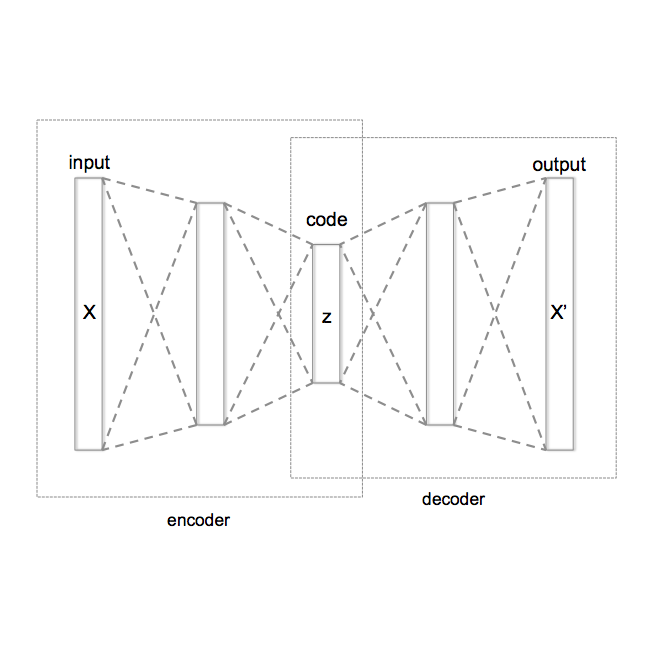Non-Intrusive Load Monitoring (NILM) is a computational technique to estimate the power loads' appliance-by-appliance from the whole consumption measured by a single meter. In this paper, we propose a conditional density estimation model, based on deep neural networks, that joins a Conditional Variational Autoencoder with a Conditional Invertible Normalizing Flow model to estimate the individual appliance's power demand. The resulting model is called Prior Flow Variational Autoencoder or, for simplicity PFVAE. Thus, instead of having one model per appliance, the resulting model is responsible for estimating the power demand, appliance-by-appliance, at once. We train and evaluate our proposed model in a publicly available dataset composed of power demand measures from a poultry feed factory located in Brazil. The proposed model's quality is evaluated by comparing the obtained normalized disaggregation error (NDE) and signal aggregated error (SAE) with the previous work values on the same dataset. Our proposal achieves highly competitive results, and for six of the eight machines belonging to the dataset, we observe consistent improvements that go from 28% up to 81% in NDE and from 27% up to 86% in SAE.
翻译:非侵入性负载监测(NILM) 是一种计算技术,用于估算用单计计计量的整个消耗量中电荷负荷的逐件设备。 在本文中,我们提议了一个基于深神经网络的有条件密度估计模型,该模型将结合一个条件性变异自动编码器和一个条件性、可逆、可逆的正常化流程模型,以估计个人电器的动力需求。 由此得出的模型称为“前流程变换自动编码器”,或简易的PFVAE。 因此,所产生的模型不是为每件电器设计一个模型,而是一次性地为估算电量需求、逐件电器需求负责。我们在一个公开可得的数据集中培训和评估我们提议的模型,该模型由位于巴西的一家家禽饲料工厂的电力需求计量组成。对拟议模型的质量进行了比较,将获得的正常分解错误(NDE)和信号综合错误(SAE)与同一数据集的先前工作值进行比较。 我们的提议是取得高度竞争性的结果,而从28 % 至 % SA8 连续的8 机器,从28 % 一直为SA-86 。





